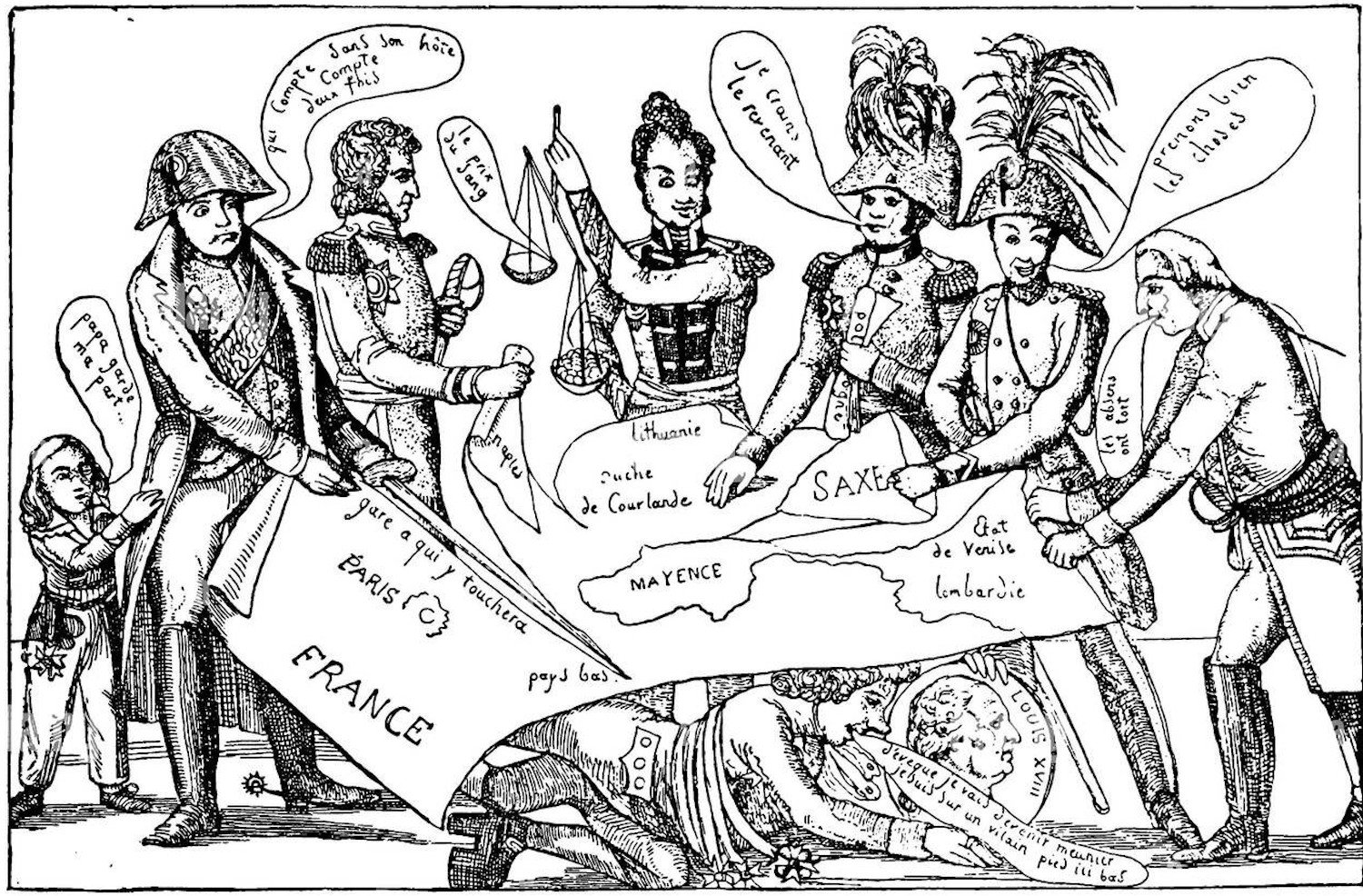The AmaVerde slipped quietly out of Vienna. The captain willed her from her mooring, then skillfully used the current to align her with the bank. Satisfied, he throttled forward. We moved east with the flow of the Danube.
Fishing huts appeared along the banks of the Danube.
In a short time, the “City of Dreams” faded away and was replaced by a dense corridor of green. Tree limbs dipped down and tickled the wetland. Tiny cabins on stilts—fishing huts—emerged from the shadowed wood. These were armed with netting systems of poles and mesh that leaned over cocoa-colored water where nase and barbel swim. Between these fish camps, creeks darted in and out. They suggested a measure of indecision on the part of the river to choose its course in this flatland east of the Alps.
I checked the map on my phone. Austria had nearly run its course. Soon the Danube River would etch the border between Slovakia and Hungary. We were among the Balkans.
The Balkans form the third and the most eastern of Europe’s three southern peninsulas (the Iberian and the Italian are the other two). It is framed by the Adriatic, Aegean and Mediterranean Seas. The term “Balkan” is regularly used by historians but frowned upon by some moderns. Its name was drawn from the Balkan Mountains once believed to dominate the region. The label “Southeast Europe” may be preferred.
Many years ago an Austrian quipped
Östlich von Wien, fängt der Orient an.
Or, “East of Vienna, the Orient begins.”
Klemens von Metternich was a skillful statesman of the early 19th century. He helped Austria navigate the “Concert of Europe” a political dance that took place between the Napoleonic Wars and World War I. A theme of this concert circled around the question of how the Great Powers (read: Austria, Great Britain, Russia, Prussia, and later France) dealt with the vacuum created by the crumbling Ottoman Empire, the “sick man of Europe.” In this context the question of where the Occident ended and where the Orient began was a matter of debate. Metternich had his opinions. So did the others.
Concert diplomacy in the 19th century. Image from here: https://typelish.com/b/the-concert-of-europe-as-an-example-of-concert-diplomacy-in-the-19th-century-102433 (accessed 7/15/2022).
Such a line, drawn softly or sharply, existed before the imperialists and continued to appear after their departure. The boundary between the Roman West and the Byzantine East ran through the Balkan peninsula at the end of the fourth century AD. Under very different circumstances, the “Iron Curtain” of my own childhood ran through the same region. For whatever reason, the Balkan Peninsula has been a geopolitical watershed since, like, forever. Here, East meets West.
I looked up. We cruised slowly past Hainburg on the Donau. The Roman army was once here too, watching the frontier. The site appears during the reign of Caesar Augustus as Carnuntum (or Carnous). In my own time, this place was the last stop before the “Iron Curtain.”
We were east of Vienna. We were in Metternich’s “Orient.”
Hainburg an der Donau, Austria. The ruins on the distant hill are all that remains of a castle built in the AD 1050 by Henry III, leader of the Holy Roman Empire. Hainburg is near the junction of the modern countries of Austria, Slovakia, and Hungary.
A note.
Like the term “Balkans,” the terms “Orient” or “Oriental” have fallen from favor. Some find them racist, obsolete, or too sweeping to be useful. Perhaps. But deep down, these descriptors are innocent enough, albeit drawn from a European perspective. Each finds root in the Latin oriens, having to do with the “east,” or the rising of the sun. The opposite? Occident. It comes from the Latin occidens, having to do with the “west” or the setting of the sun.
In Metternich’s day, the “Orient” included both the “Far” and the “Near East” and included the Balkans and the lands of the Ottoman Empire.
This is why the archaeological society that once focused on the regions of Israel, Jordan, and Palestine was called the “American Schools of Oriental Research.” For the same reason, Agatha Christie could write a novel about a train between Europe and Istanbul called “The Orient Express.”
Postcard. “The Orient Express near Constantinople.” Image from here: https://assets.atlasobscura.com/article_images/lg/24565/image.jpg (accessed 7/15/2022).
Bible Land Explorer is adding a new adventure to our offerings. We will be hosting an African safari in 2023. Between July 27 and August 5 we will return to the big game parks in Tanzania, including the Serengeti, Ngorongoro Crater, and Tarangire. We will four-wheel drive and tent camp (or “glamp,” really!) in the Serengeti and follow the Great Migration of the wildebeest. It is one of the wonders of the natural world. This expedition is already half-full. If you are interested in signing on for a wild time, click here or contact BibleLandExplorer@gmail.com.






